Do you want to know if there's any point in customizing link title attributes? All you need to understand about using it in SEO is right here. In the world of links, link attributes such as link titles, alt text, and more abound. If you want to stay current with your link optimization, you must use the new rules. These characteristics are essential. They not only help clarify the context of your link, but they also allow you to control how Google treats it. Whether it's a paid or free link, you must use the correct attributes so that Google doesn't misconstrue the significance of your link, resulting in poor results. And SEO is all about getting results! The best way to get the best results is to follow best practices and avoid violating Google's Webmaster Guidelines. It is not acceptable, for example, to use duplicate alternative text as the link title text. Alternative text & title text can be used in a variety of ways, and should also be considered by an SEO expert. The link title attribute and what you need to know to use it successfully are summarized in the following.
Let's get started!
What is the link title attribute?
The link title attribute is a tag that can be applied to a website link. It is also known as the link title characteristic. In addition to this, it will be of assistance to you with the informational snippet that appears anytime you want to just check out a website. This information contains further details on the destination you will reach after clicking on the link. This is a method that makes it simple to locate resources on the Internet.
Best practices for link title attributes
When providing additional information about the link, you should use the link title. Just use link titles to re-provide information, as it's a utility failure that only annoys your users.
Have you ever had the experience of hovering over a link and seeing the exact link title?
You don't have to know anything that's already on the page, do you?
A few of your users may have the same opinion.
When optimizing, the best question to ask yourself is: would it add information to my links or will it annoy my users repeatedly?
Considering this, we will talk about the best ways to use the like title attributes.
Keep it relevant
It is important to make the attribute useful. So, you need to make sure that the title attribute gives more information about the linked content that is useful. Regarding your information, it's important to note that unrelated titles can deceive people and result in a poor user experience.
Conciseness
All you should do is make it easy to understand. Readers should be able to quickly figure out what the link is about by simply reading the title property. Hence, make sure you write it quickly and clearly.
Don't use generic titles
When you set the link title attributes, don't use general names like "click here" or "learn more." These don't give the user any useful information and can be hard to understand. So, make sure that the links you make are good for customers or views.
Don't repeat the link text
Most individuals make the mistake of repeating the link text in the title attribute. There is no use in this, and it doesn't even give the user any more details.
Regular Maintenance
It's a good idea to keep looking over and updating title attributes, and you should do that often. Links can change over time, and so can the information or background that goes with them. So if you change any of your content or information, make sure to keep them up to date.
Instead of optimizing for search engines, focus on optimizing for users
Rather than optimizing for search engines, focus on your users.
Yes, this is nothing new. But it is effective.
So let's see the dos and the dont of the link attributes.
Don't:
Don't Use too many keywords in the link title attribute.
Duplicate the title of the topic.
Don't forget about mobile users; make sure they can connect effortlessly.
Do's:
Do Write the link title in such a way that it stands out to users.
Users should be considered when writing the link title.
Do make connections available to all.
The link's anchor text is supposed to be the link's name.
The link title attribute is intended to provide more information about the destination of the link for the user who clicks on it.
How Should the Link Title Attribute Be Used?
Google uses the both title attribute as well as the anchor text within the link to improve their understanding of the context of the link.
He explains that you can test this with a made-up word by adding it as a title attribute.
Then you can wait for things to be indexed before checking the results.
Ideally, the title attribute can be used to fill in any gaps in the anchor text. And Google will combine these two features when crawling your link.
Is the link title attribute helpful in boosting accessibility?
Whether accessibility should be included in SEO best practices is a point of contention among SEO experts.
While reach is not a direct ranking factor, I believe it is one of those indirect ranking factors with undeniable value.
This will help your client's site and bottom line by reducing accessibility lawsuits for failing to include basic features like alt text.
For the visually impaired, alternate text (or alternative text for short) is an image feature that provides text to screen readers.
In theory, the link title attribute should function similarly.
Because it isn't perfect, providing a good way to implement access in this situation is nearly impossible.
This is why it is critical to examine the guidelines for such elements in greater detail.
People don't always work out the way you expect them to, and elements can even change in an instant.
What are search engines called?
We can speculate all day, but when it comes to the link title attribute, the final word from search engines is:
"The 'title' attribute is different in that it 'provides advisory information about the component for which it is set.'
We generally give more attention to the 'alt' attribute because Googlebot doesn't look at images directly.
"If you think it would benefit your users, feel free to add 'title' and other attributes to the 'alt' attribute!"
Bing has the following to say:
"Consider the anchor text to be the main summary of the linked page.
However, if you link within paragraphs of your body text, you must keep the paragraph's natural, logical flow of language, which may limit your link text description.
As a result, you could use the title attribute to add additional keyword details about the linked page without affecting the text's readability."
What Do Other SEO Experts Have to Say?
The link title attribute does not weight the search engines, according to many people who have done SEO over the years.
The link title element is another area where usability concerns arise.
When you keep moving your cursor over the link in most browsers, it will appear.
Therefore, copying the anchor text into the title element is unnecessary. Do not make use of the title attribute unless it may impart some further significance.
Focus on Your Customers, Not the Search Engines
It is important to bear in mind that you are writing for people, not search engines when you are creating the title attributes of links.
Because it will be the users who will be using this title text the most.
At the end of the day, accessibility is critical:
Link as easy to read as possible.
Improve the readability and usability of link headers.
Make things great by focusing on the user experience to ensure that your users are happy and excited about your website.
Recap:
The following are some key takeaways:
- In your links, avoid using duplicate alt and title attributes.
- Consider users and search engines when creating them.
- Take note of what missing information will be filled in with the title attribute.
- If the title attribute contains new information, optimise your links.
- Use the title attribute only if it adds new information.
- Make sure you are using these features in a way that encourages greater accessibility for disabled users.
- Don't overthink things. Don't add title attributes to links that don't need them.
- If you need to know whether the link title attribute will be useful to you, it's best to use something other than it. Also, listen to SEO expert's advice.
Conclusion
In conclusion, using the link attributes is an excellent simple method for increasing the amount of information that is displayed on your website. We've talked about what link characteristics are, how they work, and what you should and shouldn't do when using them in this blog. This is excellent, but the information you want people to see by using the link attributes needs to be clear for them to understand.


.png)

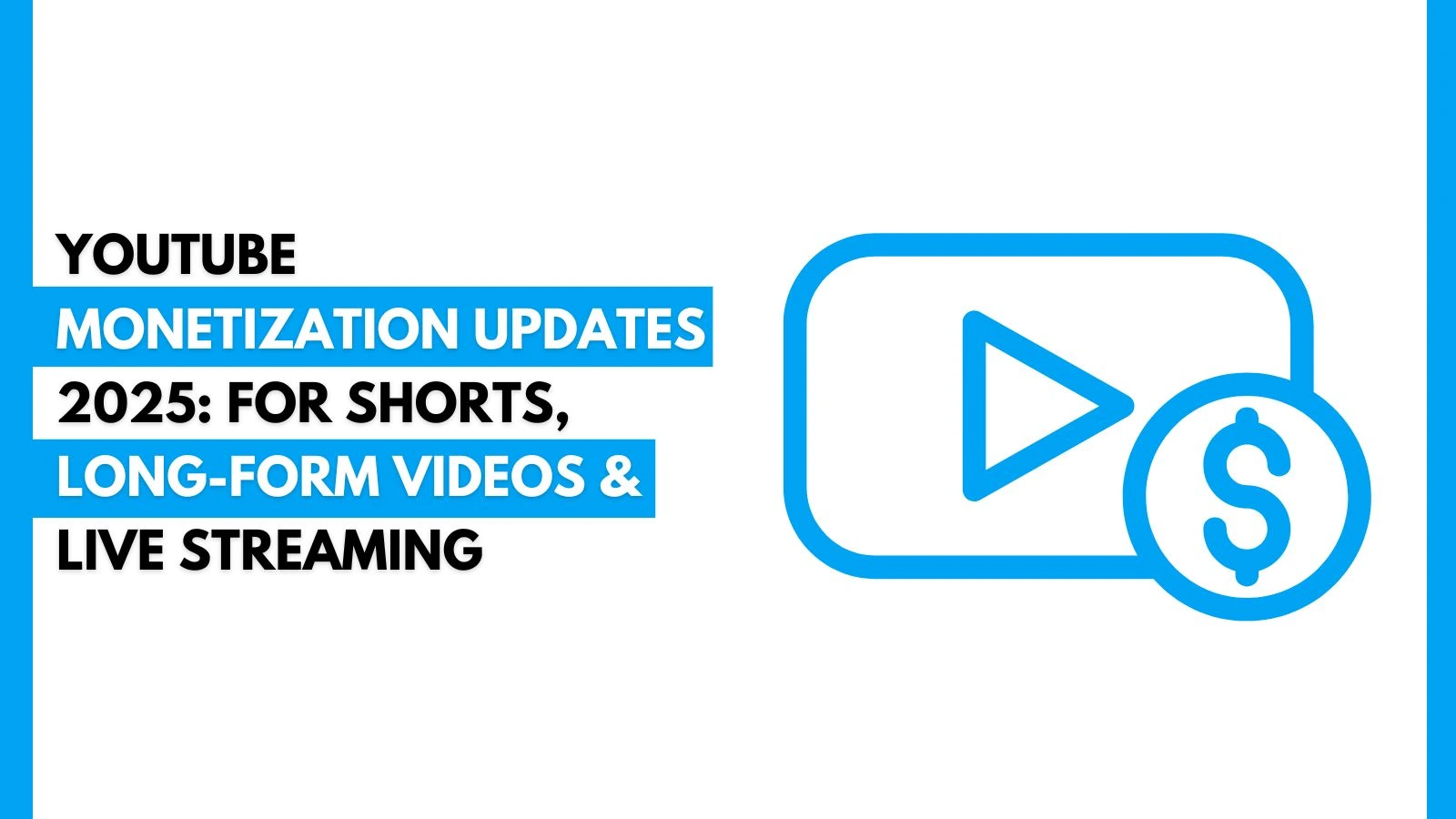
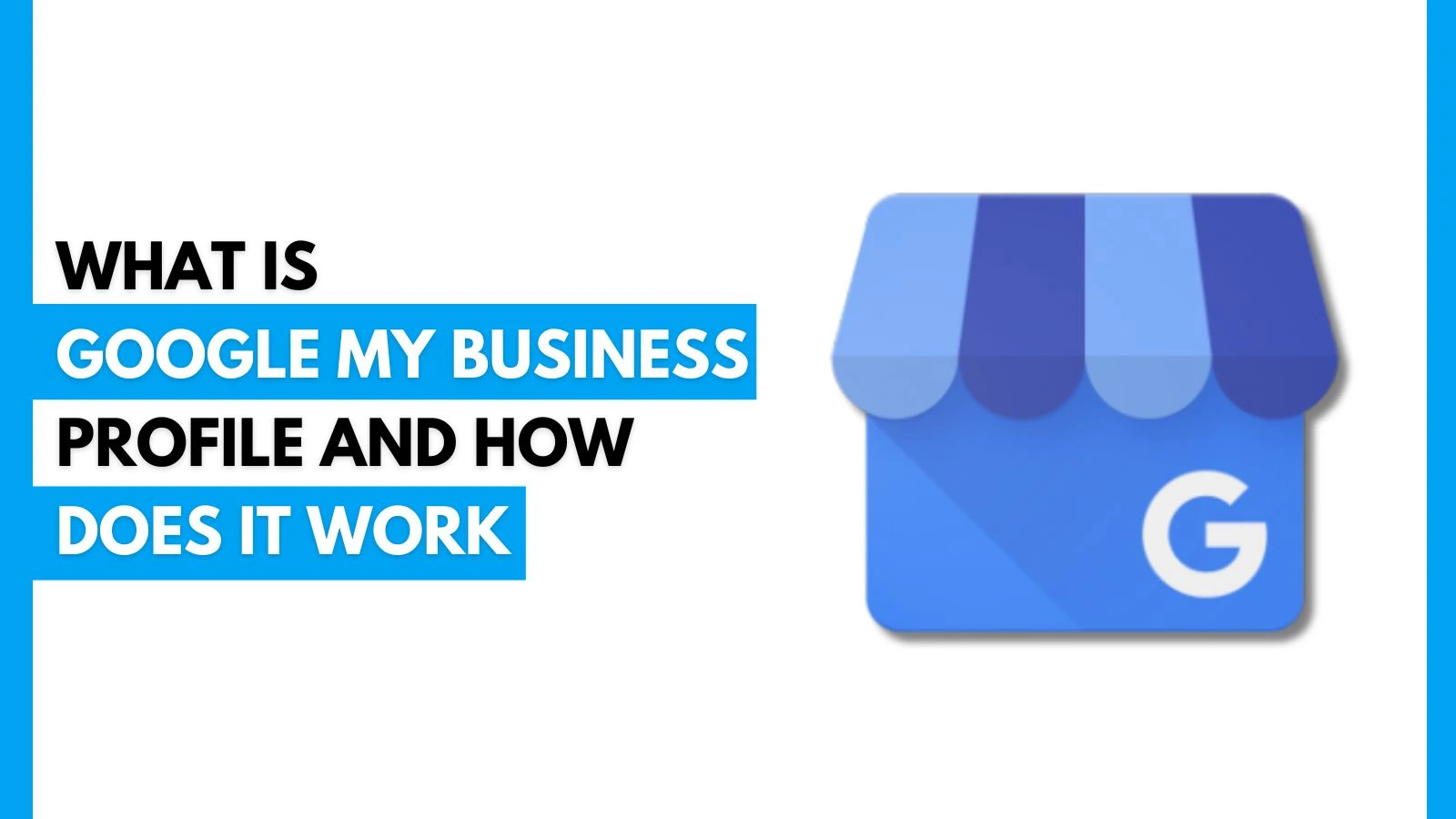
.webp)
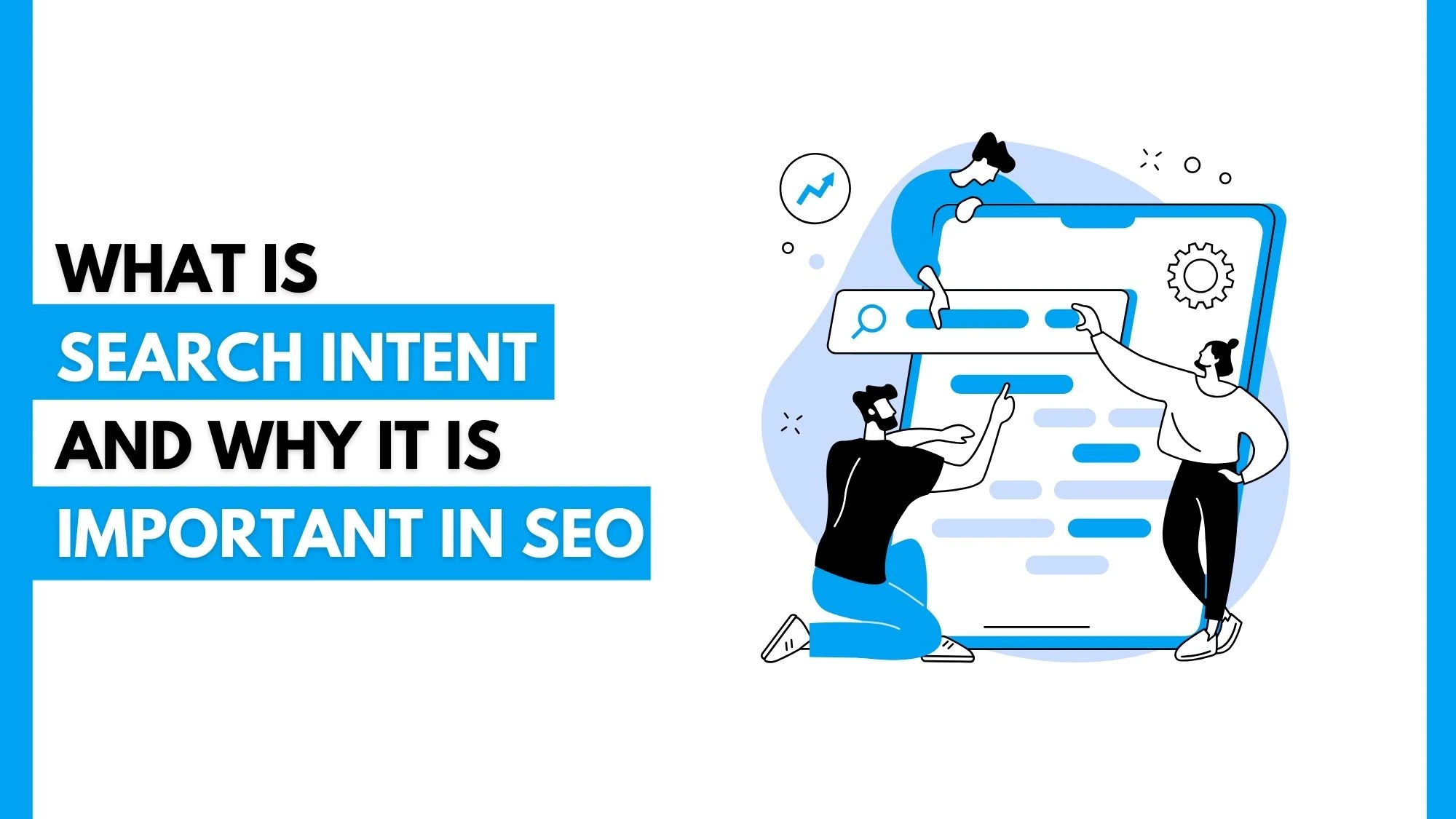



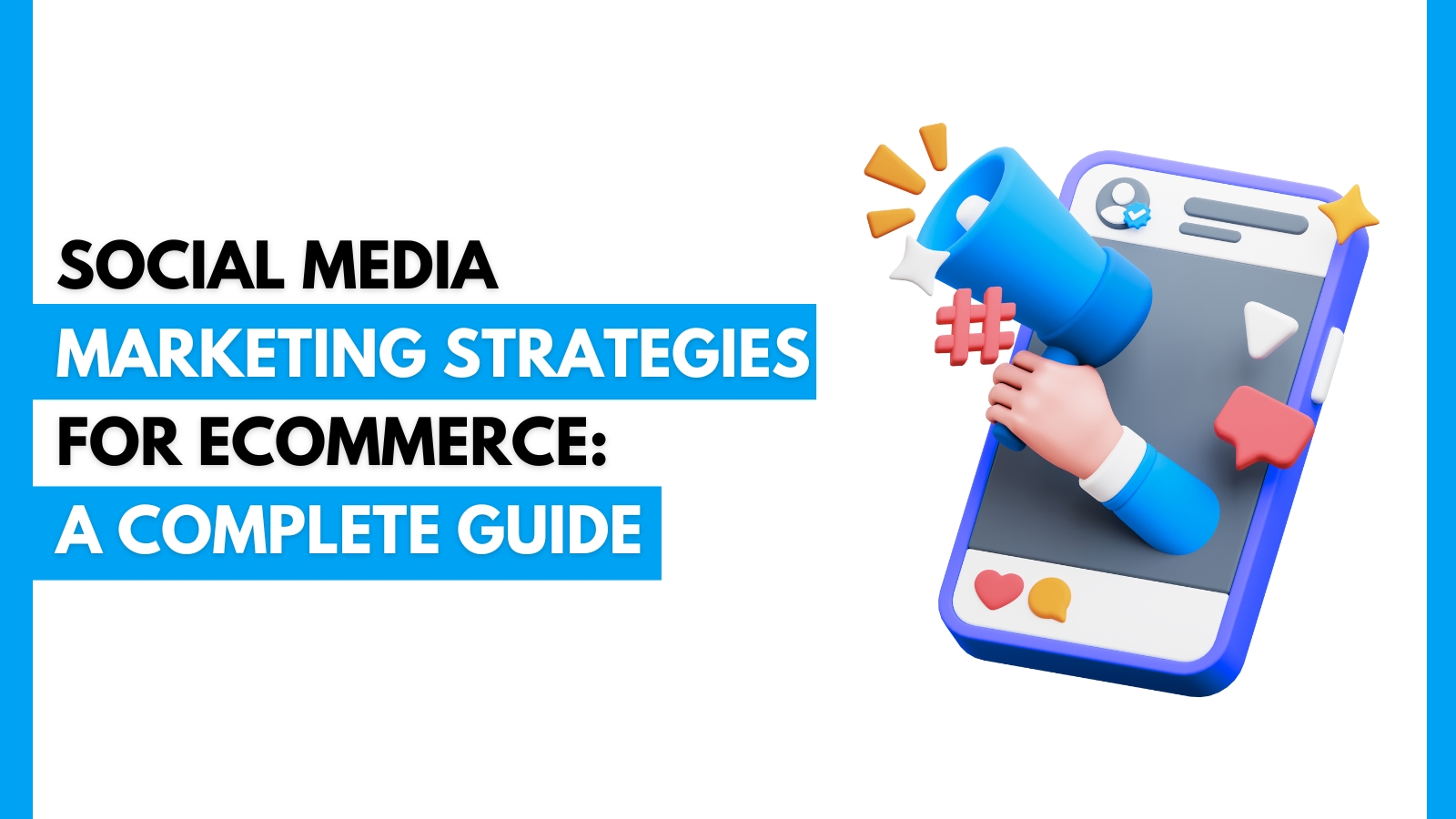

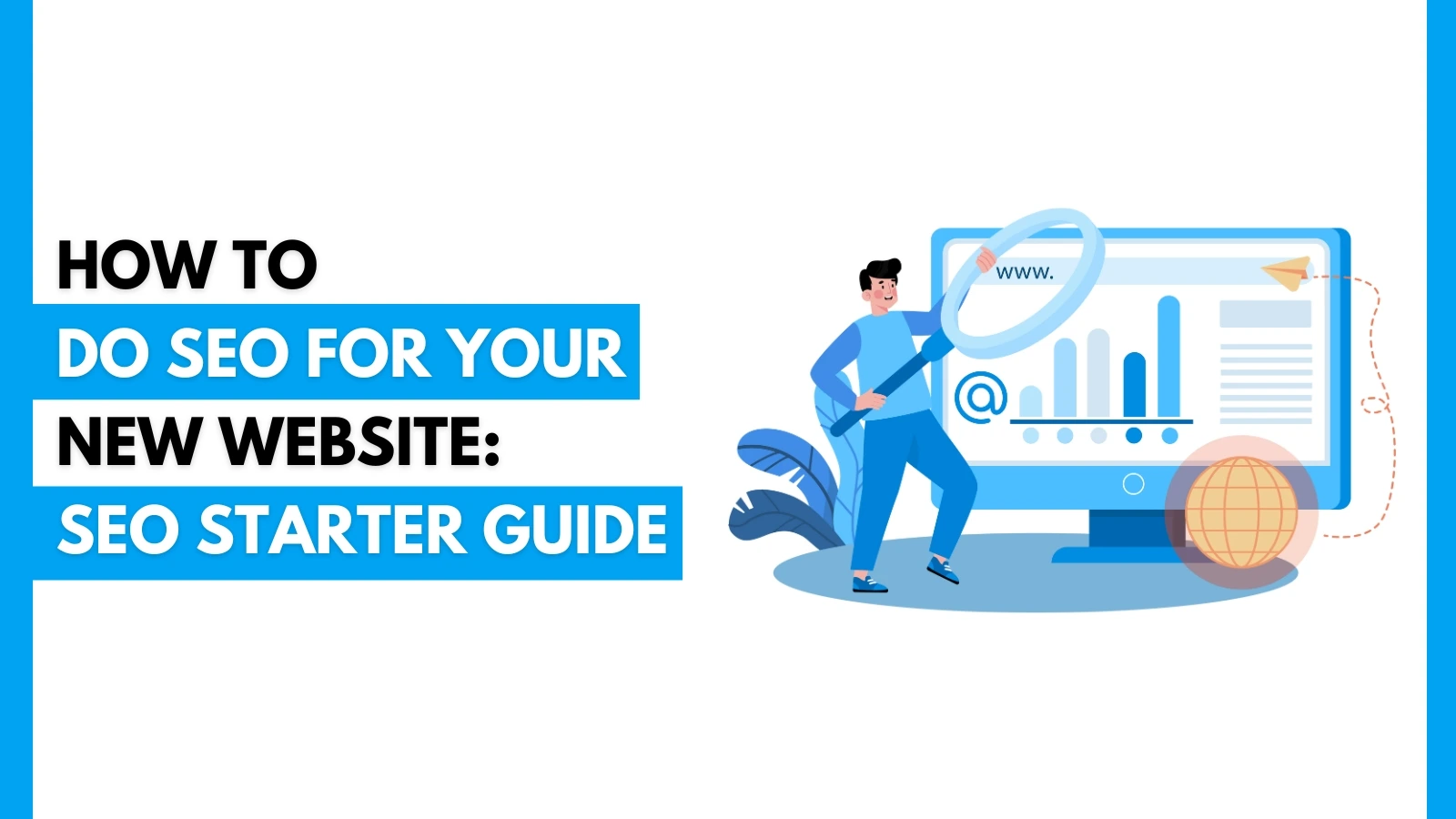
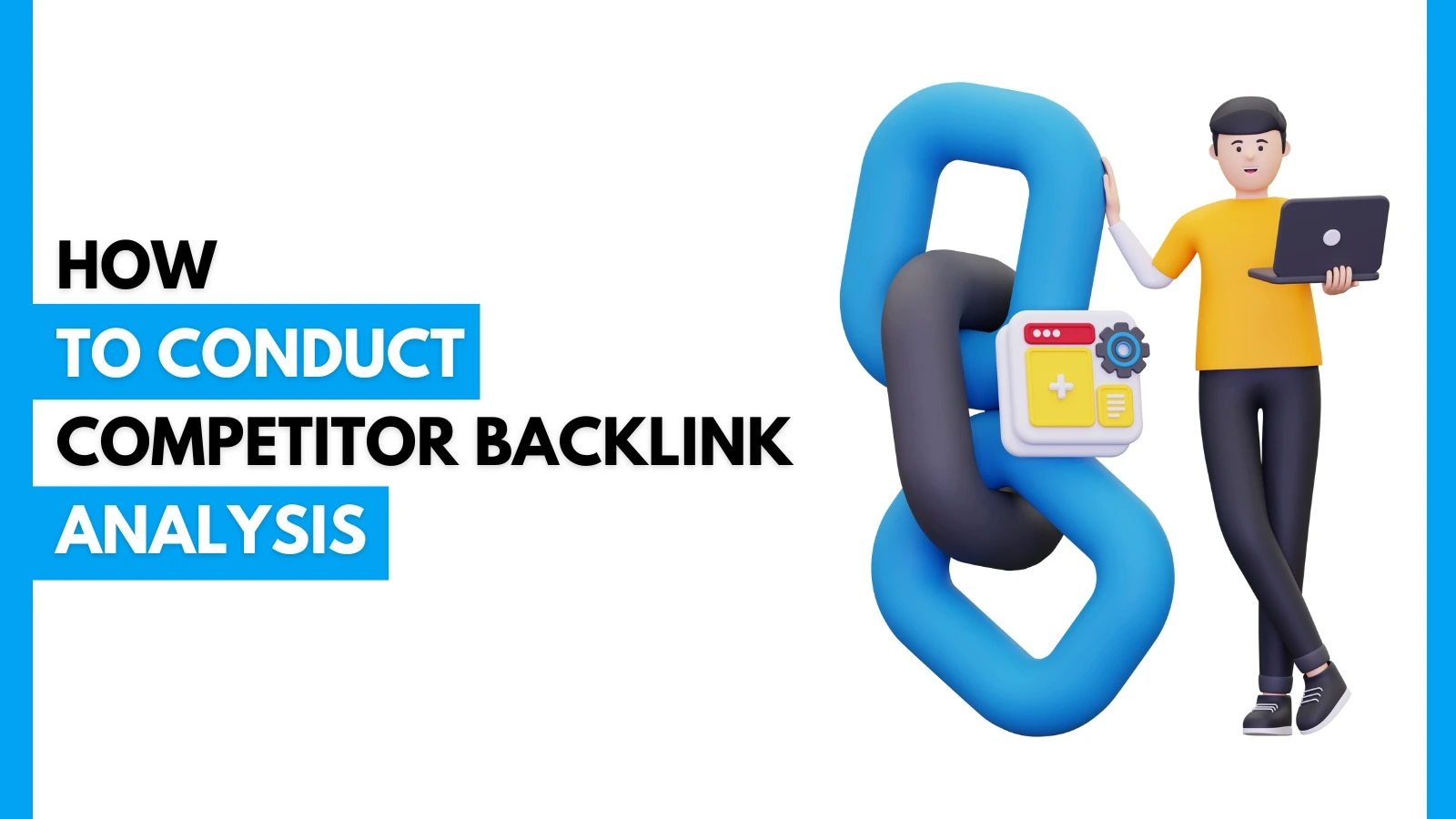
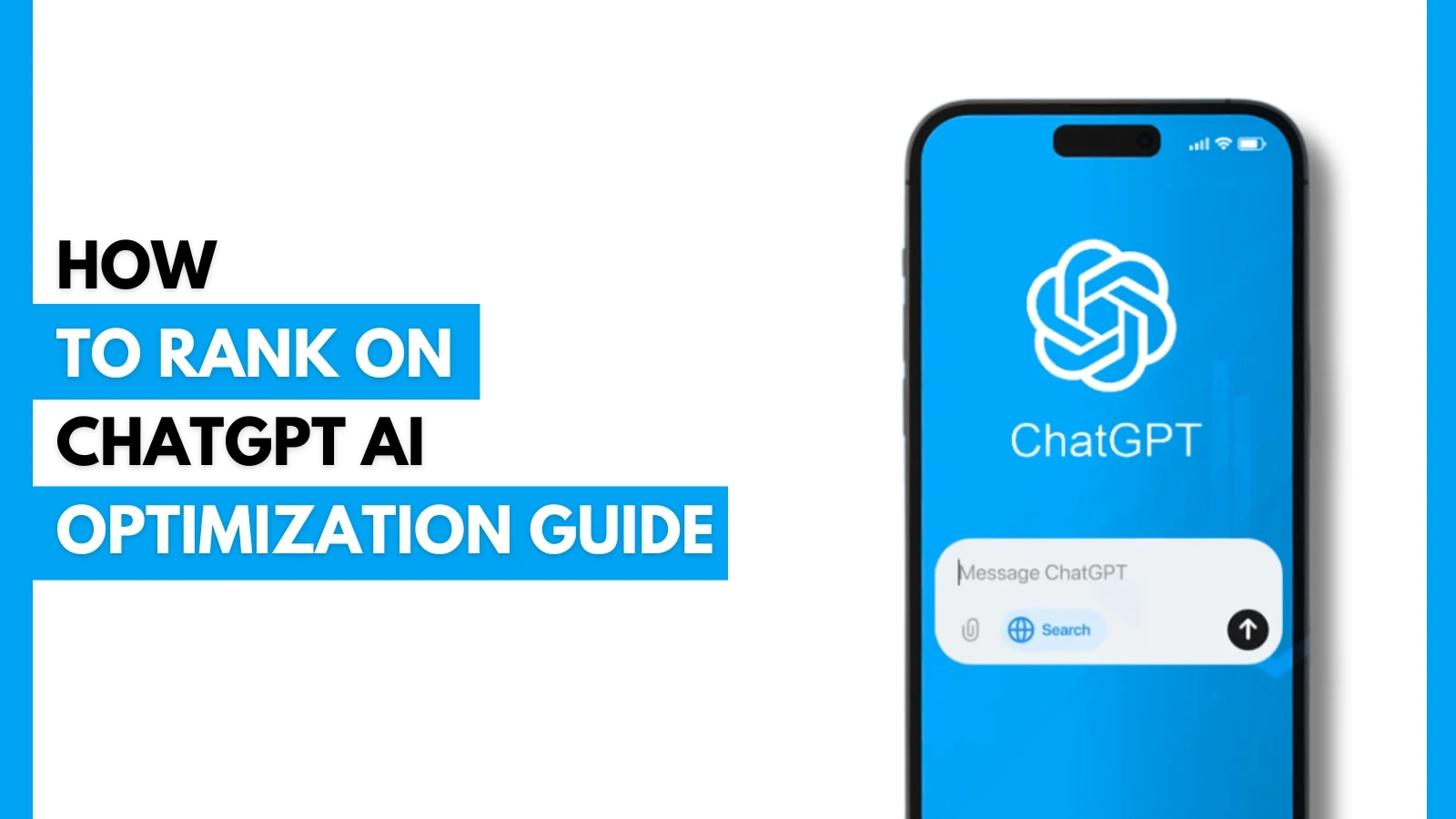

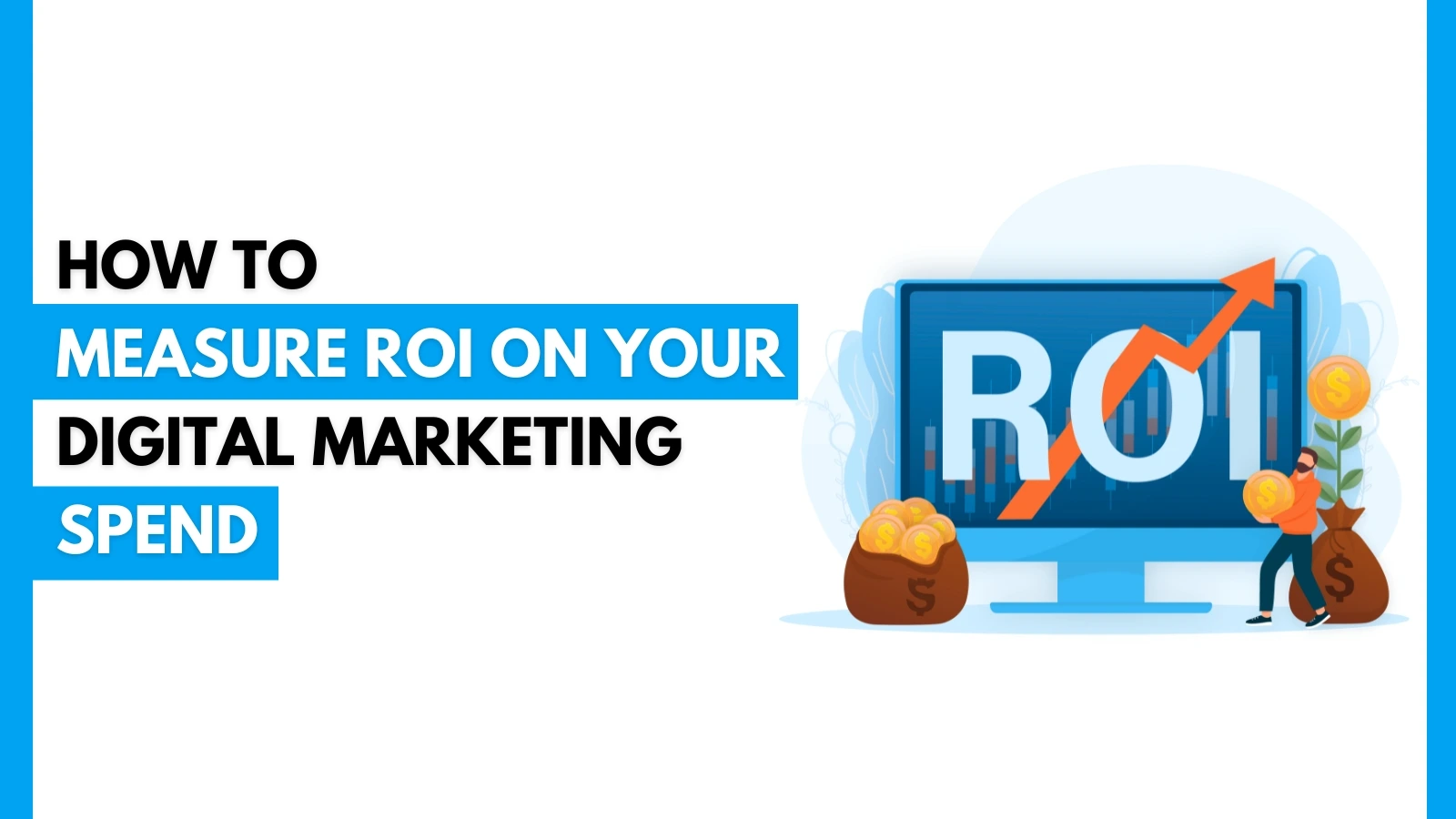
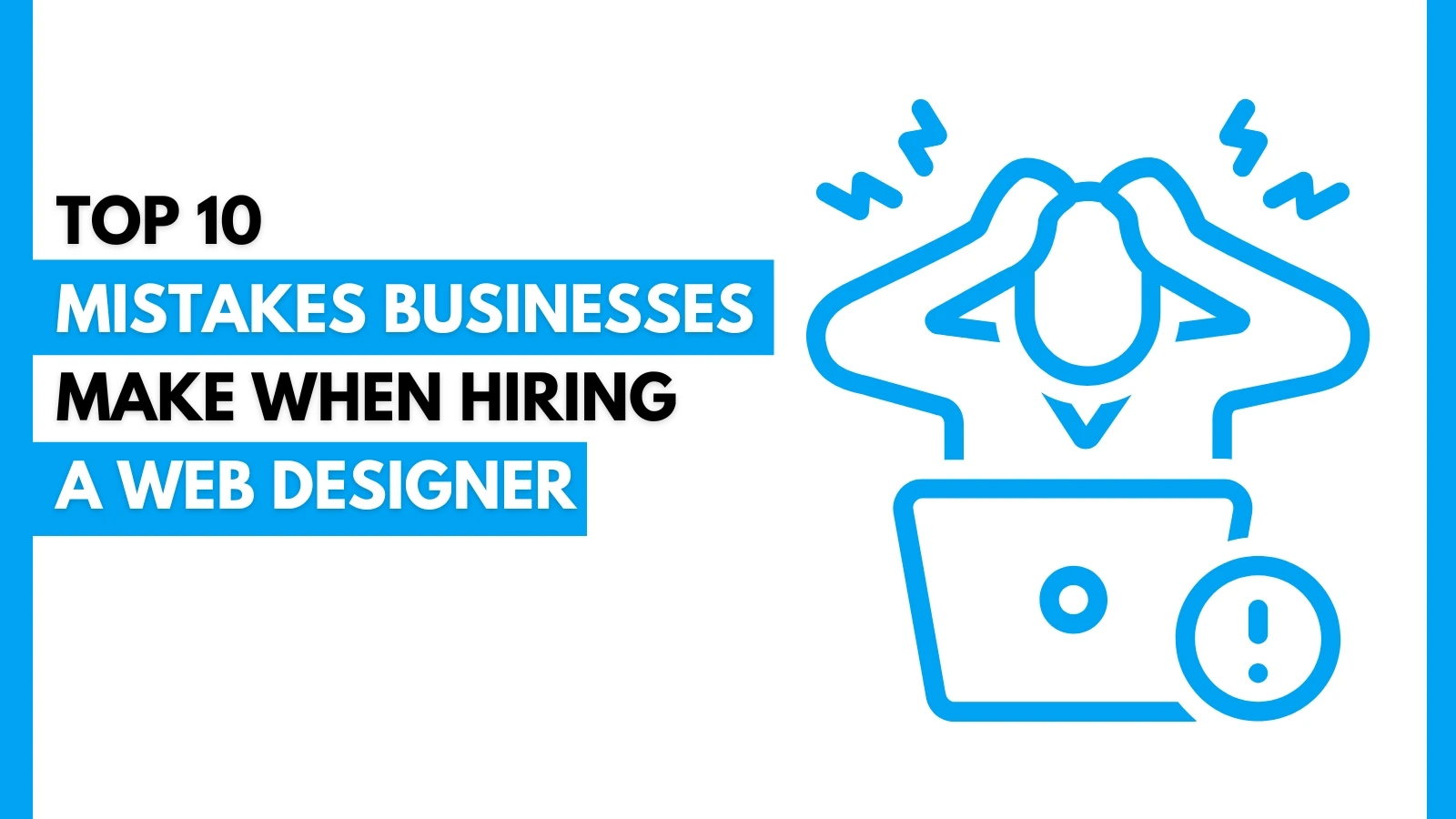
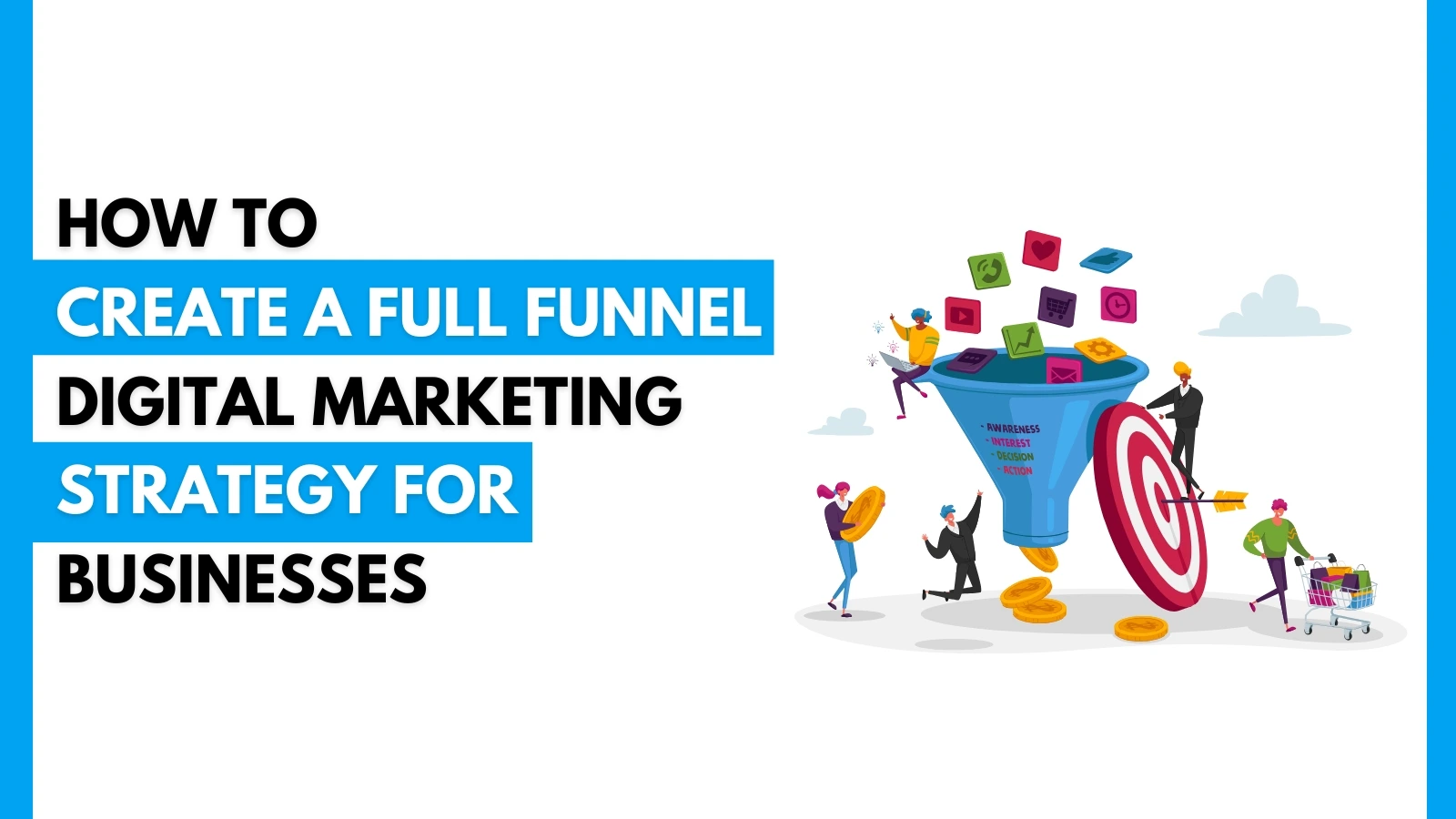
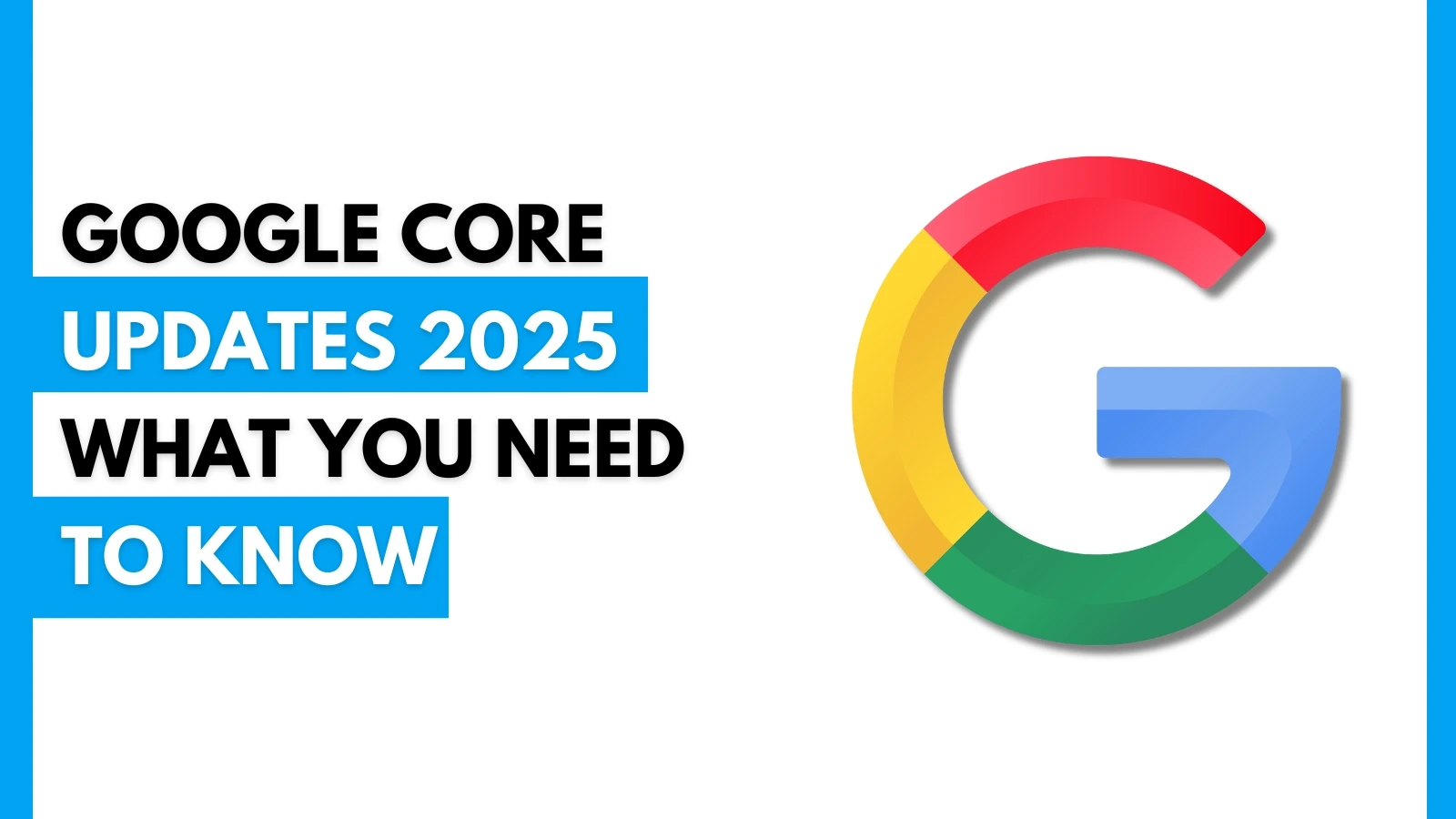
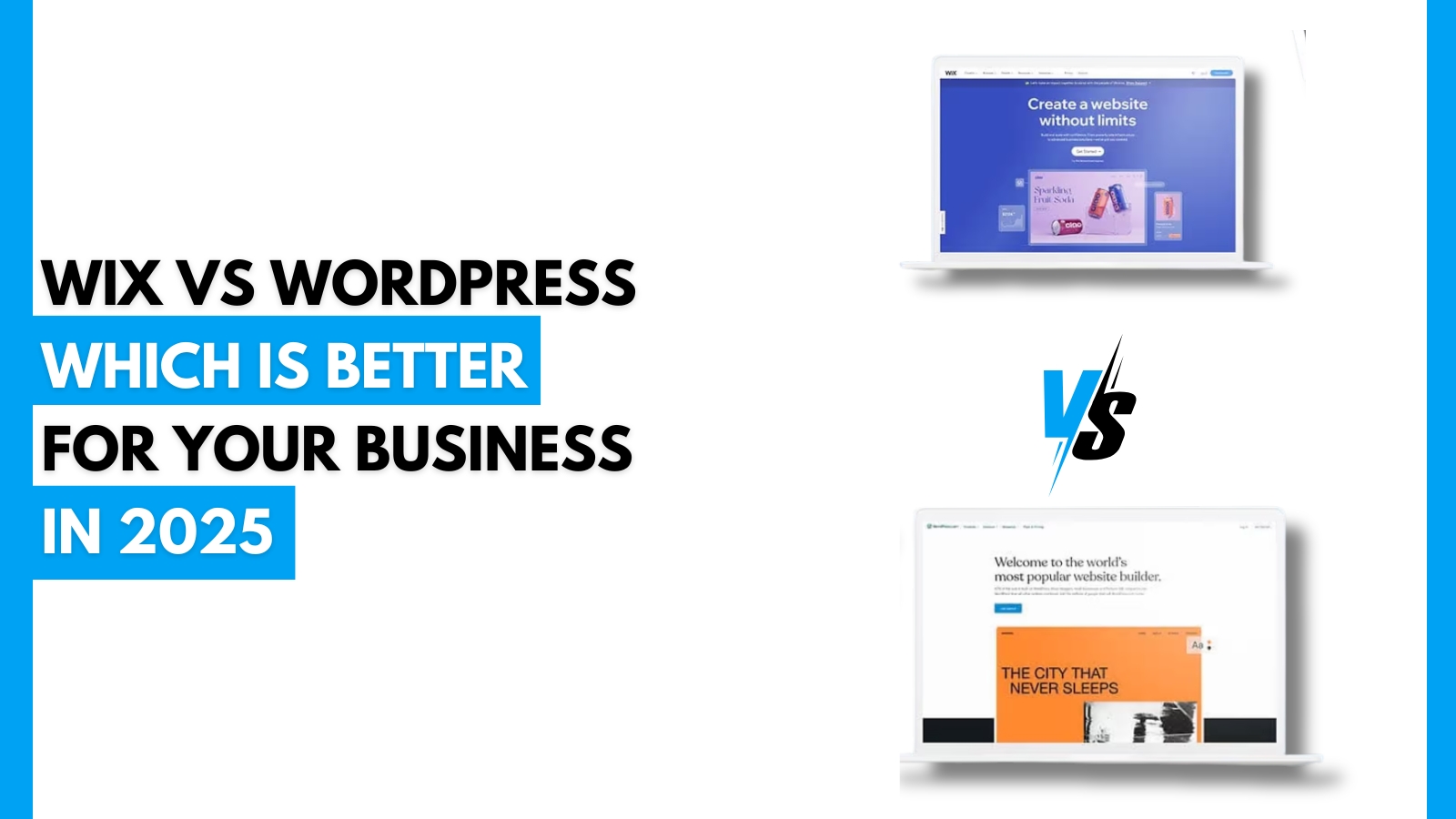




.webp)






















 A Complete Guide.webp)











































.jpg)










 Efficiently.jpg)
.jpg)
























.jpg)
.jpg)
























.jpg)


















.jpg)
.jpg)




























.webp)





.jpg)


















 Campaign.jpg)




.jpg)

.jpg)

.png)



.jpg)



.jpg)
.jpg)
.jpg)



.jpg)








.png)
.jpg)




.jpg)

.jpg)
.jpg)


.jpg)


.jpg)



.jpg)





















.jpg)














.png)





















.jpg)






.png)

.png)



.png)

.png)
.png)



.png)
.png)
.png)
.png)
.png)

.png)
.png)
.png)
.png)
.png)
.png)
.png)
.png)
.png)
.png)
.png)

.png)
.png)
.png)
.png)
.png)
.png)
.png)
.png)
.png)



.png)
.png)
.png)

.png)
.png)
.png)
.png)
.png)
.png)
.png)
.png)
.png)
.png)
.png)
.png)
.png)
.png)
.png)
.png)
.png)
.png)
.png)
.png)
.png)
.png)
.png)
.png)
.png)
.png)
.png)
.png)
.png)
.png)
.png)


.png)
.png)

.png)
.png)
.png)
.png)
.png)
.png)
.png)
.png)
.png)
.png)
.png)
.png)
.png)
.png)
.png)
.png)
.png)
.png)
.png)
.png)

.png)
.png)
.png)

.png)
.png)
.png)
 (1).png)
.png)
.png)
.png)
.png)
.png)
.png)
.png)
.png)

.png)

.png)
.png)
.png)
.png)
.png)
.png)
.png)

.png)
.png)
.png)
.png)
.png)
.png)
.png)
.png)
.png)
.png)
.png)
.png)
.png)
.png)
.png)
.png)


.png)
.png)
.png)
.png)
.png)
.png)
.png)

.png)
.png)
.png)
.png)
.png)
.png)
.png)
.png)
.png)

.png)
.png)

.png)
.png)

.png)
.png)
.png)

.png)
.png)
.png)
.png)
.png)
.png)
.png)
.png)
.png)
.png)
.png)
.png)
.png)
.png)
.png)
.png)
.png)
.png)
.png)